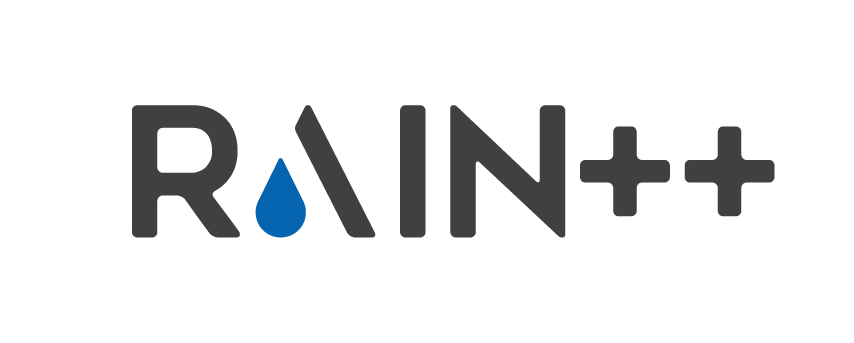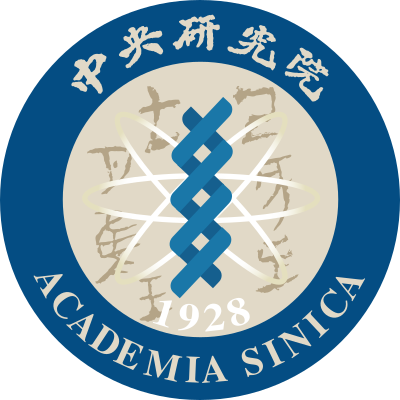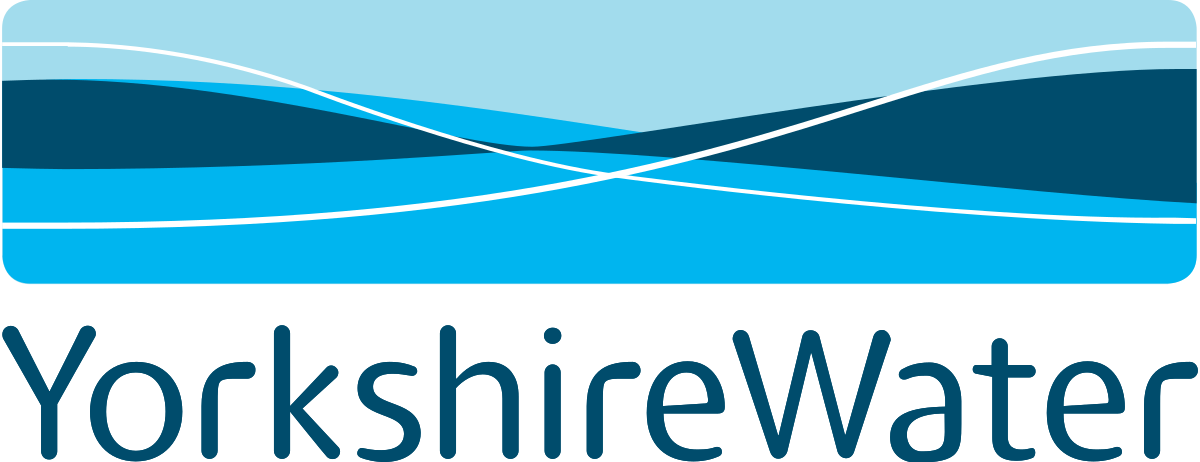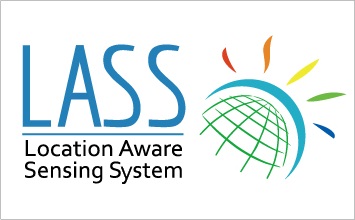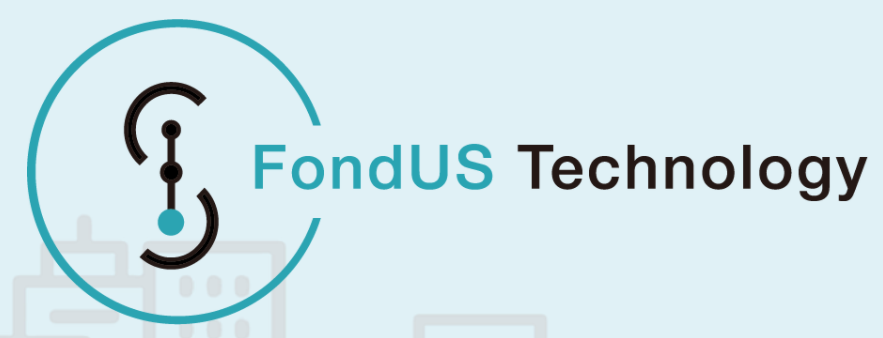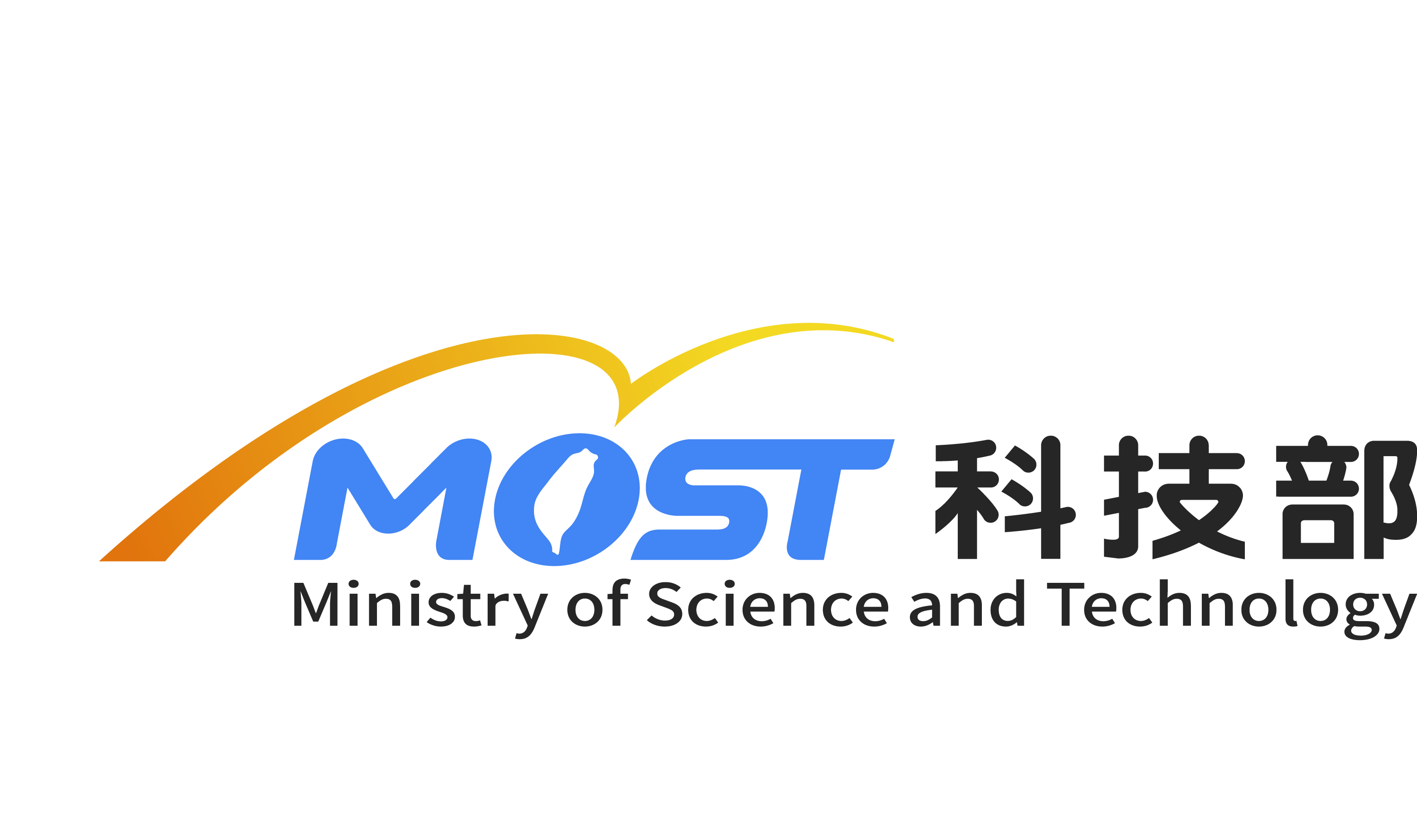About
Summary:
The UpStream project aims to improve water quality by working with communities to collect local and actionable data. It will use adaptable, low-cost sensors developed in Taiwan alongside our UK team’s expertise in water to help citizens better understand their water environment and instigate change.
Long-term, we envisage readily available, open, continuous and actionable data which can be used by stakeholders to instigate behavioural and catchment management changes, leading to improvements in water quality in both countries. In the short-term, our aim is to establish relationships and initiate innovative citizen science monitoring schemes.
The project team is a new and unique network that brings together community groups, interdisciplinary researchers, businesses, students, and charities to maximise knowledge exchange.
Background
Water is important. Threats to the natural environment have dominated the World Economic Forum’s Global Risk Report for the past 10 years, with extreme weather, biodiversity loss and human-made environmental disasters in the top five most likely threats in 2020, and water crises among the top five global risks for impact since 2012[1]. Estimates suggest that achieving safely managed water and sanitation services for all by 2030 will require 74-166 billion USD per year[2].
In the UK, there is widespread dissatisfaction around waterbody pollution, with headlines including ‘Raw sewage dumped into English and Welsh beaches 2,900 times this year’. A Member of Parliament has tabled a bill to reduce the impact of sewer networks on rivers, due to be read to the House of Commons on 15th January 2021. In December 2020, public pressure led to the River Ilkley, Yorkshire, being designated a ‘bathing water’, which locals hope will ‘trigger a major clean-up of the system’. Water quality is a timely issue for the UK public.
Taiwan’s rapid industrialisation and economic growth has had an impact on water pollution. Based on their average river pollution index (RPI), in 2016, 65% of Taiwanese rivers were classified as moderately polluted and the remaining 35% as lightly polluted[3]. While this is an improvement on pollution levels reported by Taiwan’s Environmental Protection Agency (EPA) in 1998[4], the situation is far from good. As in the UK, water quality sampling is completed periodically by regulators, and often does not identify pollution sources correctly.
The legislative and societal contexts differ but Taiwan and the UK share common challenges with water quality and both have citizens that want to get involved, collaborate and experience change.
Funding and Consortium
Funded by ESRC (Economic and Social Research Council, UK) and MOST (Ministry of Science and Technology, Taiwan), UpStream is a collaborative and participatory project involving input and support from a range of international organisations/groups, forming a new and unique network across the following sectors:
- Academia: Newcastle University (lead organisation), Academia Sinica, National Taiwan University, ETH Zurich;
- Industry: RPS Group, Rain++, FondUS Technology, Yorkshire Water;
Project Objectives
We aim to facilitate water quality improvements in the UK and Taiwan by working with citizens to gather new data, share knowledge and develop technologies. Long-term, we will generate continuous, actionable data and instigate behaviour changes, leading to improvements in water quality in both countries. In the short-term, our aim is to establish the relationships and conduct a scoping study, needed to achieve our long-term aim. Our specific objectives are therefore to work collaboratively to:
- Gain deeper insight into drivers for community-based, sustainable water-quality monitoring in Taiwan and the UK, using participatory techniques including storytelling, community mapping and empathy mapping.
- Identify the barriers and potential negative impacts of community-based water-quality observations within the UK and Taiwan contexts.
- Work with citizens, water companies and regulators to identify potential solutions to the identified barriers.
- Jointly test water-quality monitoring approaches, using the 'LASS WaterBox' as starting point, and co-create a prototype platform for collecting and sharing water-quality information, drawing on UX design approaches.
- Develop a scope for follow-on work that will enable our long-term goal of sustainable involvement of citizens in improving their water environment.
How will we achieve this?
In order to achieve these aim and objectives, the following activities will be carried out:
- Knowledge share and scoping - collaborative, virtual workshops to share experience and address project objectives.
- Exchange visits – involving stakeholders from the UK and Taiwan.
- Citizen-centred working - work with community groups to co-develop working methods that maximise participation and benefit.
- Participatory monitoring and prototyping data analysis platform - Drawing on the technical innovation skills of our Taiwanese and international partners, our combined citizen science experience, and on the water expertise of our UK investigators, we will work with community groups and industry partners to prototype a water quality monitoring approach and data visualisation and analysis solution.
- Project dissemination – to maximise knowledge exchange.


